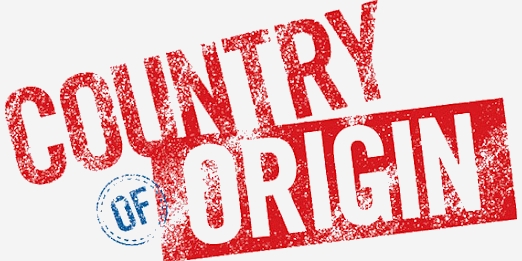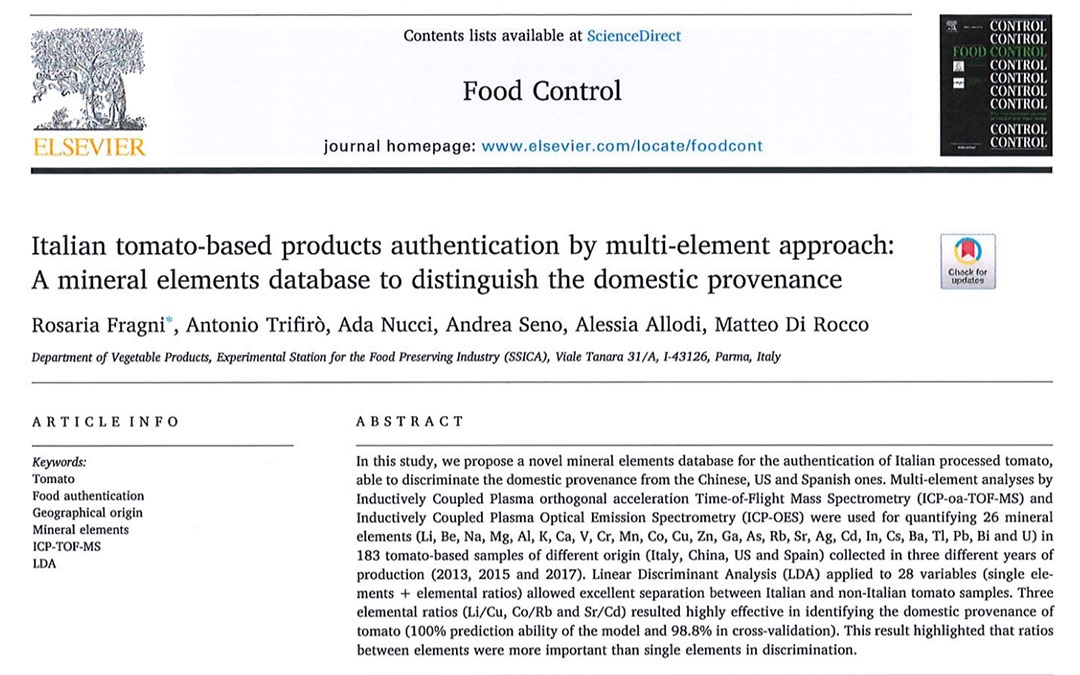Respect for your privacy is our priority
The cookie is a small information file stored in your browser each time you visit our web page.Cookies are useful because they record the history of your activity on our web page. Thus, when you return to the page, it identifies you and configures its content based on your browsing habits, your identity and your preferences.
You may accept cookies or refuse, block or delete cookies, at your convenience. To do this, you can choose from one of the options available on this window or even and if necessary, by configuring your browser.
If you refuse cookies, we can not guarantee the proper functioning of the various features of our web page.
For more information, please read the COOKIES INFORMATION section on our web page.


 The leading methods used for the forensic assessment of geographic food origin use stable isotope analyses. Stable isotopes are especially ideal for verifying the origin of agricultural products, since climate and topography, the underlying geology, and agricultural practices lead to location specific isotopic fingerprints in a product. Most methods using stable isotopes for the verification of geographical origins are based on the direct comparison of the isotopic fingerprint of a suspected sample to authentic reference material with known geographic origin. For such comparisons, statistical analyses are straightforward and data interpretation is easily understood by customers and law enforcement agencies. Collecting authentic reference samples is, however, time consuming and expensive, especially on a global scale. Large reference datasets are therefore often geographically scattered and temporally not sufficiently resolved to account for the inter- and intra-annual variability observed in the oxygen and hydrogen isotope composition of plants, the two stable isotope ratios primarily used for origin analysis. This limitation can add substantial uncertainty in the provenance prediction of agricultural products.
The leading methods used for the forensic assessment of geographic food origin use stable isotope analyses. Stable isotopes are especially ideal for verifying the origin of agricultural products, since climate and topography, the underlying geology, and agricultural practices lead to location specific isotopic fingerprints in a product. Most methods using stable isotopes for the verification of geographical origins are based on the direct comparison of the isotopic fingerprint of a suspected sample to authentic reference material with known geographic origin. For such comparisons, statistical analyses are straightforward and data interpretation is easily understood by customers and law enforcement agencies. Collecting authentic reference samples is, however, time consuming and expensive, especially on a global scale. Large reference datasets are therefore often geographically scattered and temporally not sufficiently resolved to account for the inter- and intra-annual variability observed in the oxygen and hydrogen isotope composition of plants, the two stable isotope ratios primarily used for origin analysis. This limitation can add substantial uncertainty in the provenance prediction of agricultural products.




























